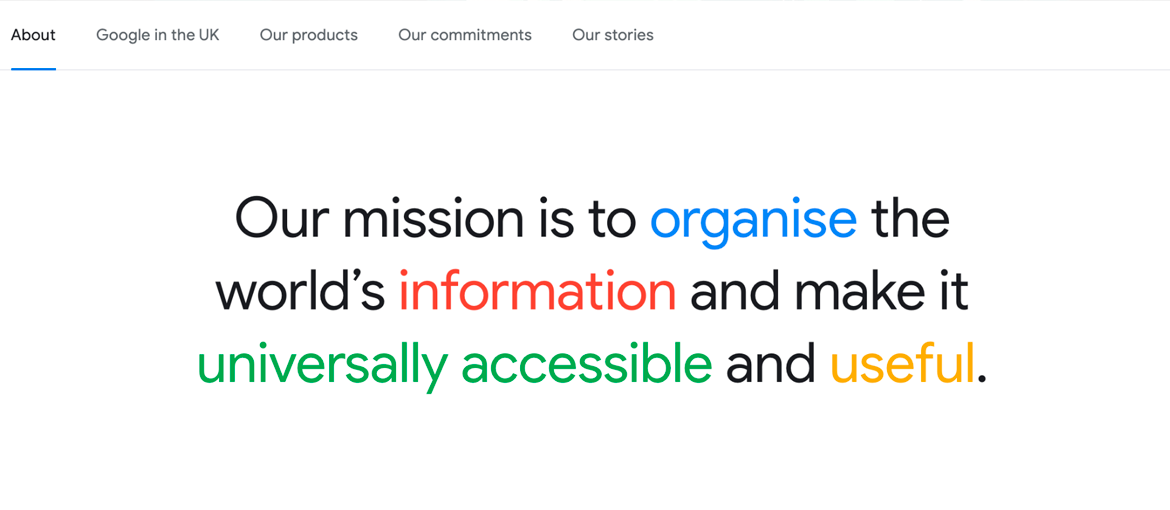The Company Profile serves as an official overview of a business, encapsulating its operations and identity. It acts like a business card, detailing not just basic information but also encompassing the company’s mission, vision, values, and future objectives. This document is vital for conveying the essence of the business to a varied audience including potential investors, customers, and suppliers.
This profile consolidates various pieces of information into a single document. It can be concise and to the point, or extensive, spanning dozens of pages. The format has evolved over time; while paper versions were once prevalent, digital formats ranging from static PDFs to dynamic website infographics are now more common.
The primary objective of a Company Profile is to introduce and familiarize others with the business. This is particularly crucial for small and medium-sized enterprises aiming to sustain or grow their customer base and expand their operations. For a potential client interested in learning more about a business, the Company Profile serves as a comprehensive resource.
A well-written and structured Company Profile not only enhances the company’s image, making it appear more professional to stakeholders (such as suppliers and shareholders) but is also beneficial internally. It aids in maintaining a constant awareness of the company’s identity, values, and objectives.

Structuring a Company Profile
The initial section should detail the company’s specifics, typically at the beginning of the document, and include:
- Name
- Date of establishment
- Physical addresses
- Telephone contact
- Email contact
- Website link
Following these technical details, it’s beneficial to encapsulate the essence of the company. This segment varies greatly depending on the business type and includes:
- Overview of the company’s operations
- Vision and mission statements
- Product descriptions
- Service descriptions
- Historical background, growth, and evolution
- Public relations and publicity initiatives
- Industry sector information
- Health and safety policies
- Core team overview
- Client portfolio
If relevant awards or recognitions have been achieved, it’s advisable to include these to highlight the company’s prestige.
- Awards
- Certifications
- Special programs and projects
- Testimonials
Additional elements, which vary depending on the company’s nature and approach, may include:
- Annual sales figures
- Financial targets
- Employee count
- Business partnerships
Examples of Notable Company Profiles
The structure and content of a Company Profile can differ significantly based on the company’s nature and objectives. There’s no definitive “right” or “wrong” way to create one. A fundamental guideline is to craft an engaging and appealing profile. Uninteresting presentations can hinder business prospects and fail to attract new investors and clients. Here are some examples:

Google’s Company Profile, despite its global fame, is structured simply online, with sections covering the company’s story, non-profit activities, offerings, team (varying by country), and general news, complemented with images, videos, and interactive links.

Starbucks opts for a more straightforward approach. Their profile, found on their website, is a single text page without images, emphasizing the company’s history, products, brand, and social responsibility.

A smaller entity, Singapore’s Able Construction Pte, presents its Company Profile in a fifteen-page PDF. It begins with the company’s history and structure, followed by team and sales information, concluding with photographs of completed projects.

Apple Inc. Company Overview
Apple’s corporate identity stands as a testament to its narrative prowess, intriguingly without a formal document to its name. This identity is pieced together through various sections on its website, detailing the company’s business practices, ethics, and commitment to sustainability. Notably, under the “Apple Values” section found in the website’s footer, the company amalgamates its stance on key issues, showcasing a minimalist yet innovation-focused design. Apple transcends mere product listings to share its vision and dedication to crafting technologies that significantly impact people’s lives.

IKEA Company Overview
IKEA employs a method similar to Apple’s for conveying its corporate ethos, organizing it around the company’s core operational themes. The IKEA website hosts a comprehensive page that aggregates corporate information, further expanded into detailed sections. This layered company profile mirrors its mission to enhance the daily lives of many people, highlighting its commitment to accessible design, sustainability, and innovative manufacturing techniques.


Tesla, Inc. Company Overview
Tesla, Inc.’s company profile exemplifies the power of narrative in establishing the brand not just as an electric vehicle manufacturer, but as a vanguard in the sustainable energy movement. Key information is centralized on the corporate website, segmented into various operational areas. This arrangement creates a cohesive narrative that collectively sketches an image of the corporation, underscoring Tesla’s pioneering role in promoting sustainable energy solutions.


The format and style of a Company Profile vary with the company’s size and sector. An online document allows for interactive content, enhancing engagement, while a static format like a PDF is more suitable for physical distribution. The Company Profile thus offers vast creative and graphical possibilities, depending on the best fit for the company.

